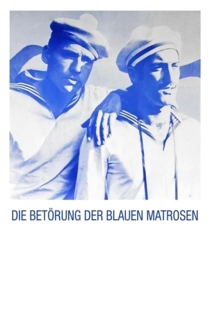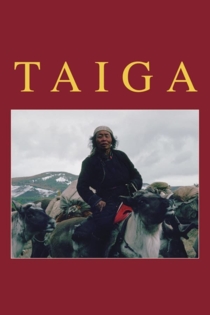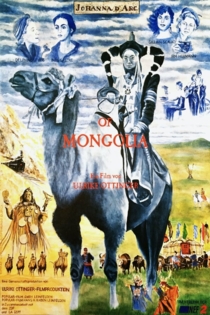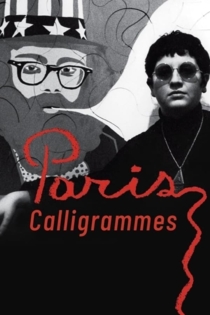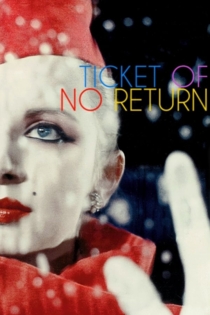
Ulrike Ottinger
1942 (83 года)Chamissos Schatten
Ulrike Ottinger
Hanns Zischler, Burghart Klaußner
It starts with "Peter Schlemihl's Miraculous Story", which tells of a man travelling the world in seven-league boots. Adelbert von Chamisso wrote the tale before setting off to Russia on scientific expedition in 1815. He analysed the flora of Alaska and then explored the Northwest Passage, just like Cook and voyager Bering had done previously, the latter with physician and naturalist Steller in tow. A porthole reveals the view. Thus begins Ottinger's journey from Alaska to Kamchatka via Chukotka, with her predecessors’ log books to accompany her on her way.
Chamisso’s Shadow

Ulrike Ottinger - Die Nomadin vom See
Brigitte Kramer
Ulrike Ottinger, Ingvild Goetz
Ulrike Ottinger is an exceptional filmmaker and artist. Her cinematic universe has influenced entire generations. As a young woman, she brought the international art world to the sleepy town of Konstanz. It all began on the shores of Lake Constance where Ulrike Ottinger was born and where she still often spends time. Filmmaker Brigitte Kramer chose to begin her film at Lake Constance since she too shares Ottinger’s birthplace and a great love of these waters. This is also where the filmmaker’s own artistic development began, not least as a result of her encounter with Ottinger and her work. Other fellow travellers and friends appearing in this film include art historian Katharina Sykora, collector and curator Ingvild Goetz, film historian Ulrich Gregor, philosopher Bernd Scherer and actor Irm Hermann. Using this common ground as a starting point for an exploration of Ottinger’s substantial oeuvre, this documentary provides a keen insight into the artist’s life and work.
Ulrike Ottinger: Nomad from the Lake

Südostpassage
Ulrike Ottinger
“Places and worlds beyond the interest of the media are at the mercy of the law of forgetting. The spotlight fades and that which urgently needs public attention lies in the dark: poverty, hopelessness, and the population's fear in the face of terror from the state or from gangs, of Mafia-like business practices and paramilitary despotism.This is not a journey to a far-off land, outside of our cultural circle; it takes place along the old transport and trade routes through the decaying empires of southeast Europe. The images collected at the side of the road distill something essential from a number of small but significant observations: the coincidence of the lack of coincidence in living conditions.” Ulrike Ottinger
Southeast Passage
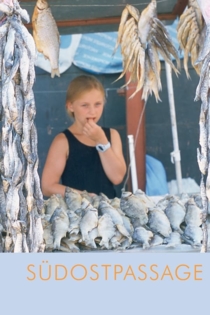
Prater
Ulrike Ottinger
Veruschka von Lehndorff, Robert Kaldy-Karo
Ulrike Ottinger’s documentary Prater (Austria-Germany), a half-decade in the making, chronicles over the past century and more the attractions that contributed to the rise and fall of Prater, the world’s oldest amusement park.
Prater
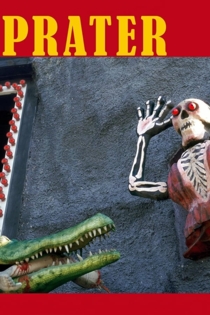
China. Die Künste - der Alltag. Eine filmische Reisebeschreibung
Ulrike Ottinger
China marks the beginning of the extensive Asian theme in Ottinger’s filmography and is her first travelogue. Her observant eye is interested in anything from Sichuan opera and the Beijing Film Studio to the production of candy and sounds of bicycle bells.
China. The Arts – The People

Dorian Gray im Spiegel der Boulevardpresse
Ulrike Ottinger
Veruschka von Lehndorff, Delphine Seyrig
Our organization will create a human being whom we can shape and manipulate according to our needs. Dorian Gray: young, rich and handsome. We will make him, seduce him and break him. Ulrike Ottinger, 1984
Dorian Gray in the Mirror of the Yellow Press
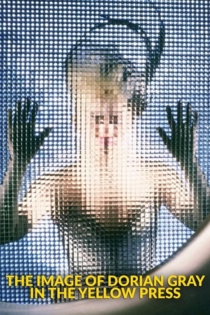
Die koreanische Hochzeitstruhe
Ulrike Ottinger
Ulrike Ottinger’s provocative mélange of ethnography, stunning tableaux and baroque vignettes was inspired by what she calls the “well-stocked miracle” of Korean wedding chests, assembled according to time-honored customs. This exploration of love and marriage in South Korea looks closely at ancient and present-day rituals, revealing what is old in the new and new in the old. Her inquiry leads us from shamans, temples and priests, to the enchanted maze of 21st-century Seoul, where vendors of medicinal herbs co-exist with high-tech beauty salons for wedding couples and secular marriage palaces. Using film much like a canvas, Ottinger creates a modern fairytale flush with mythological heroes, traditional rites, ancestral symbolism, dreams of eternal love, and a whole lot of Western kitsch. One of her most acclaimed documentaries, it captures the amazing phenomenon of new mega-cities and their contradictory societies caught in a balancing act.
The Korean Wedding Chest
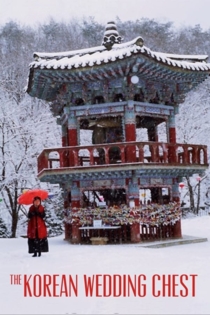
Under Snow
Ulrike Ottinger
Eva Mattes
In Echigo in Japan the snow often lies several feet deep well into May covering landscape and villages. Over the centuries the inhabitants have organised their lives accordingly. In order to record their very distinctive forms of everyday life, their festivals and religious rituals Ulrike Ottinger journeyed to the mythical snow country – accompanied by two Kabuki performers. Taking the parts of the students Takeo and Mako they follow in the footsteps of Bokushi Suzuki who in the mid-19th century wrote his remarkable book “Snow Country Tales”.
Under Snow

Audience
Barbara Hammer
Barbara Hammer, Curt McDowell
Barbara Hammer’s Audience is a fascinating deep cut from the director’s prodigious filmography. Relatively raw in its design, this 16mm diary of audience reactions at retrospectives of Hammer’s work in San Francisco, London, Toronto, and Montreal in the early 1980s bears none of the distinctive visual flourishes and essayistic form one usually finds in her filmmaking. Today, Audience serves as an invaluable historical archive, providing quick but complex portraits of lesbian scenes in different cities and countries: the San Francisco women are bold and raucous, treating Hammer like a celebrity; the London crowd more reserved and tentative; the Canadians politely critical after initial hesitation. It also functions as a testament to the power of Hammer herself as a figure of lesbian culture, showing how fully she engages audiences to incite new forms of discourse about representation.
Audience

Cinématon
Gérard Courant
Gérard Courant, Alain-Alcide Sudre
Cinématon is a 156-hour long experimental film by French director Gérard Courant. It was the longest film ever released until 2011. Composed over 36 years from 1978 until 2006, it consists of a series of over 2,821 silent vignettes (cinématons), each 3 minutes and 25 seconds long, of various celebrities, artists, journalists and friends of the director, each doing whatever they want for the allotted time. Subjects of the film include directors Barbet Schroeder, Nagisa Oshima, Volker Schlöndorff, Ken Loach, Benjamin Cuq, Youssef Chahine, Wim Wenders, Joseph Losey, Jean-Luc Godard, Samuel Fuller and Terry Gilliam, chess grandmaster Joël Lautier, and actors Roberto Benigni, Stéphane Audran, Julie Delpy and Lesley Chatterley. Gilliam is featured eating a 100-franc note, while Fuller smokes a cigar. Courant's favourite subject was a 7-month-old baby. The film was screened in its then-entirety in Avignon in November 2009 and was screened in Redondo Beach, CA on April 9, 2010.
Cinématon

Die Betörung der blauen Matrosen
Tabea Blumenschein, Ulrike Ottinger
Tabea Blumenschein, Valeska Gert
In collage sequences, the surrogate of synthetic sensuality takes form and seduces the sailors in the guise of a Hawaiian girl. In ritual punctuation, she distributes deaths which seemingly only the hardy siren Fatality can survive.
The Enchantment of the Blue Sailors
